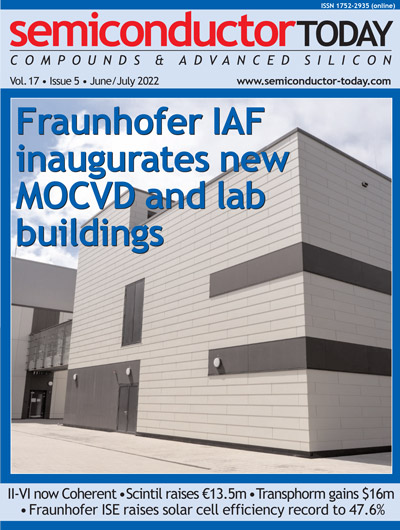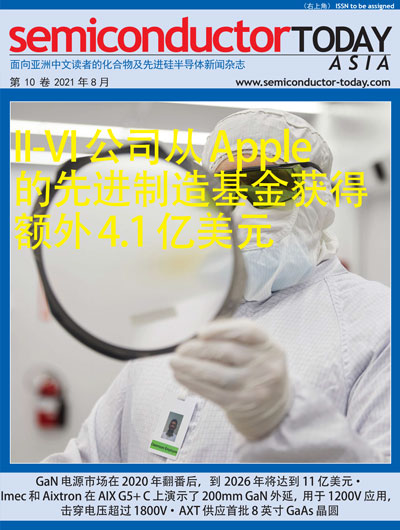- News
4 July 2013
Plessey’s solid-state LED lighting assists Plymouth City Council’s carbon reduction plan
Plessey Semiconductors Ltd of Plymouth, UK says it is working with Plymouth City Council to help achieve the Council's ambitious carbon reduction strategy for all their managed buildings and infrastructure. Plessey is replacing the existing fluorescent lighting in Douglass House with solid-state LED luminaires. Plessey's solid-state LED lighting solution will enable carbon reduction through energy efficiency as well as eliminating replacement costs with fixtures with a 30 year life, says the firm.
Cabinet Member for Finance, Councillor Mark Lowry, said: "Plessey Semiconductors is a local business pioneering a new innovative product which has huge growth potential. We are keen to support their research into their latest lighting product, which is designed to reduce carbon emissions and save money, by providing a test bed for them. If successful, this could bring with it huge investment and job opportunities into the city."
Neil Harper, Plessey's LED business unit director, said, "We are excited to be able to work with Plymouth City Council and to play a key role in this first pilot project. Our solid-state LED lighting solution helps Plymouth City Council create a better working environment as well as contributing aggressively towards achieving their ambitious targets for cost and performance efficiencies. We are looking forward to continuing the development programme with our partners at Plymouth City Council."
In April this year, Plessey announced the availability of its PLW111010 gallium nitride (GaN)-on-silicon LED products, which said the firm were the first LEDs manufactured on 6-inch GaN-on-silicon substrates to be commercially available. Plessey is using its proprietary large-diameter GaN-on-Si process technology to manufacture the LEDs on its 6-inch MAGIC (Manufactured on GaN IC) line.





